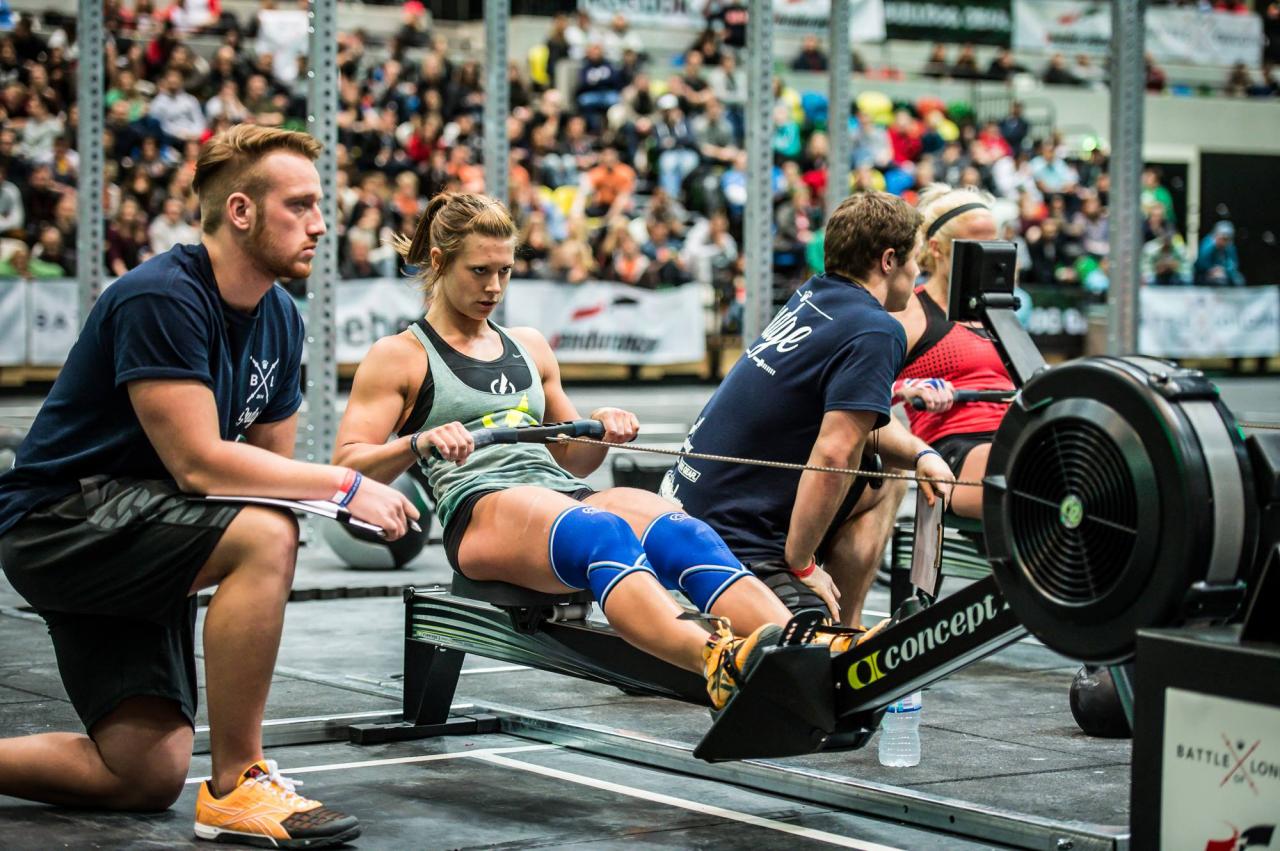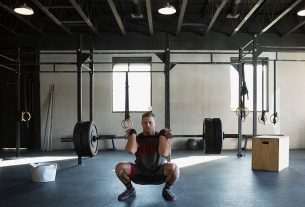But, even when time is the limiting factor, you can still attack fat and maintain muscle mass!
The hierarchy in fat burning begins with diet. The next step is exercise, which boosts metabolism while preserving muscle and being a fat burner. There are five levels of exercise.
The most effective level includes lifting weights, circuit workouts, full body workouts, and hypertrophy rep range workouts; the less time you can spend exercising, the more important it is for you to prioritize your fat burning efforts. As time goes on, workouts should evolve.
Time: the limiting factor
Pursuing two goals at once will always compromise results. This is especially true for muscle growth and fat burning. This often boils down to one limited resource: time.
If your goal is to lose fat, then a periodization training approach with a specific fat loss stage (four weeks, six weeks, eight weeks), where you focus solely on losing excess fat, will always give better results in the long term than trying to manipulate two competing targets.
For a powerlifter, a 16 week program that includes 8 weeks of hard fat burning followed by 8 weeks of powerlifting training will yield better results than 16 weeks trying to do both at the same time. Time is limited. Most of us can only do a few workouts per week. If time is our limiting factor, how can we maximize fat burning? Pay attention to the hierarchy of workouts aimed at fat burning.

FAT BURNING HIERARCHY
1) Proper nutrition
There is nothing that can be done by exercise to get around a poor diet. You must create a calorie deficit and get enough protein and essential fats. There is no way around this. Some say that the only difference between training to increase muscle mass and training to burn fat is your diet. This is a big oversimplification, but it raises the importance of nutrition.
2) Activities that burn calories, stimulate muscle mass and increase metabolism
It is quite obvious that the bulk of the calories burned is determined by our metabolic rate. The amount of calories burned outside of our basal metabolism (through exercise and the thermic effect of food) is a smaller contributor to the total number of calories burned per day. We can also accept that metabolic rate is highly dependent on how much muscle mass you have and how hard it works. Therefore, adding activity will help increase metabolic rate.
3) Activities that burn calories and increase metabolism.
The next level of fat burning programming will be similar activities. We’re still looking at activities that burn calories and increase EPOC (post-workout oxygen consumption). EPOC is the inverse recovery of metabolic rate to baseline after exercise, which can take several minutes if you do light exercise and several hours if you do heavy intervals. Look for activities that make you burn more calories after exercise.
4) Activities that burn calories, but do not necessarily support muscle mass or increase metabolism.
This is the cherry on the cake – adding activities that burn extra calories, but do not significantly increase metabolism. This is the least effective tool in your arsenal because outside of the main training session it will have little fat burning effect. Don’t waste your limited time doing the least efficient work. Start with the workout that will do the most for you, then expand the list if you have more time to do it.




